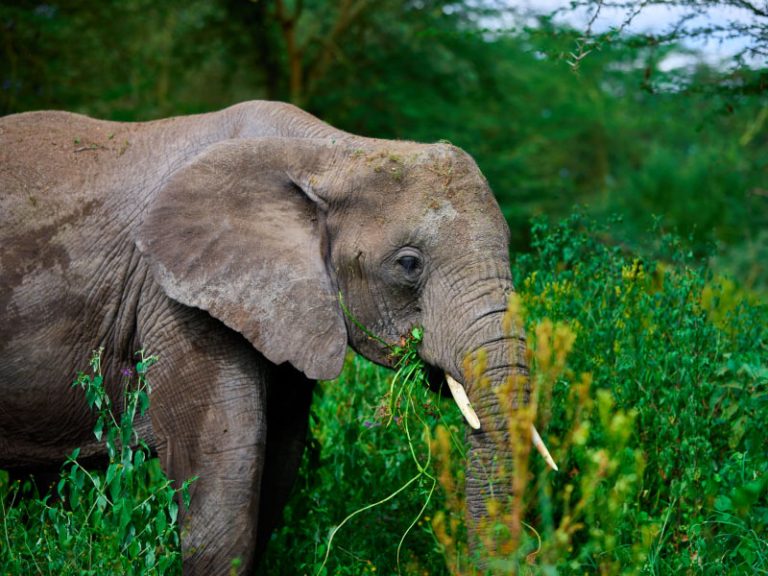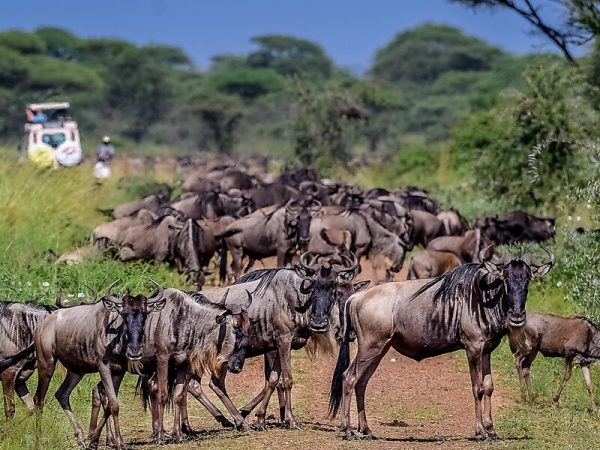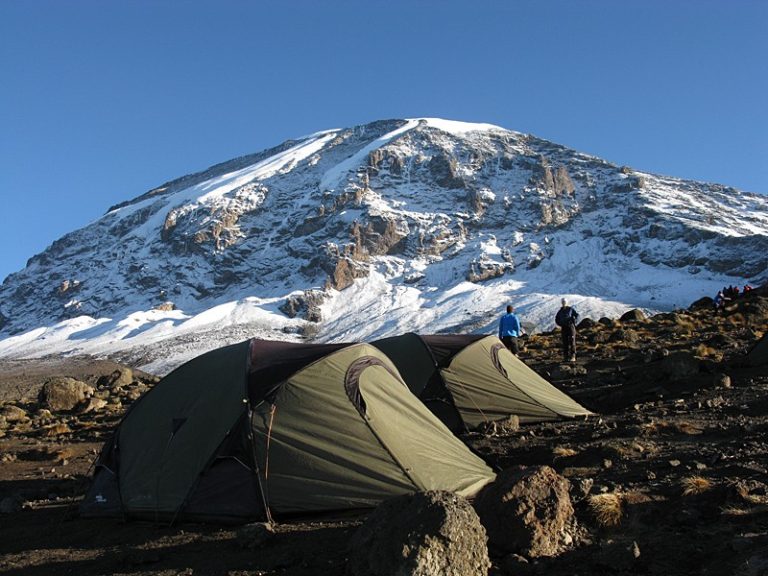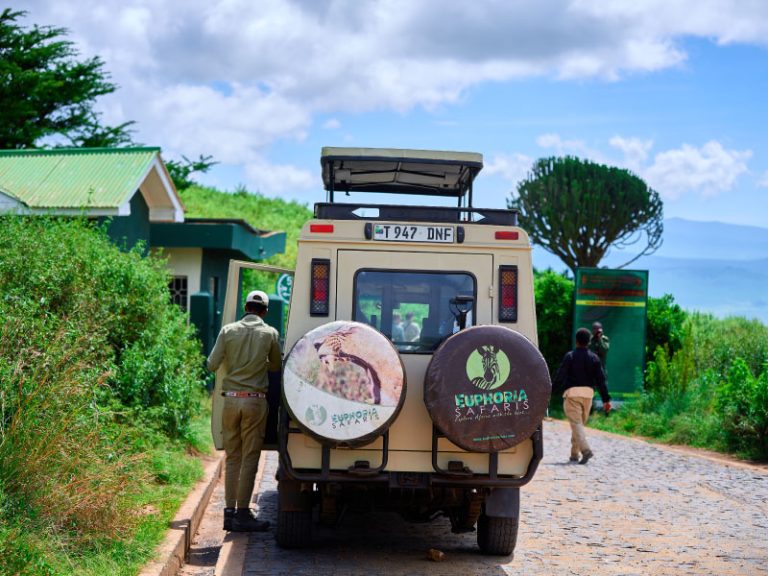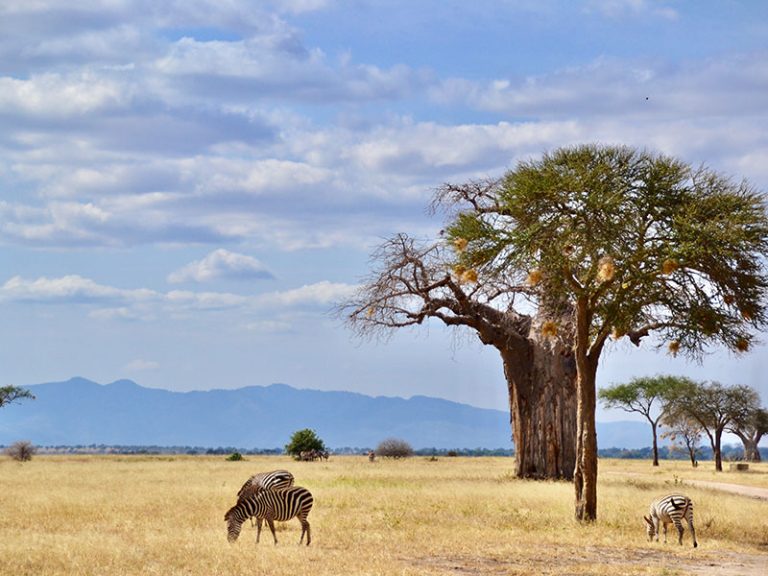A volcano that is estimated to have been somewhat taller than Mount Kilimanjaro erupted two million years ago with such fury that the volcano’s mouth burst. The Ngorongoro Crater, the world’s largest intact caldera, survived after the dust cleared.
There’s an anticipation that you won’t find in other protected wildlife areas as you drive down the winding road into the Crater. It’s not just one of the greatest locations on the nation to see wildlife; it’s also a site of abundance, wonder, and originality that will leave you in awe of the natural world.
Originally home to human civilization, Ngorongoro Crater is now a premier wildlife sanctuary. The crater was named for the resonant ring of livestock bells that formerly filled its breadth. Its conversion into a widely acclaimed wildlife sanctuary was made possible by the evacuation of settlers. As the center of the Ngorongoro Conservation Area, it has been recognized as a World Heritage Site since 1959. It is valued for both its vast biodiversity and historical significance, which includes the important Olduvai Gorge.
It forms a wide conservation mosaic where the Maasai people retain their traditional nomadic life, surrounded by game-controlled zones and the Serengeti. However, in order to preserve the environment of the crater, cattle are not allowed to graze within it. A hotspot for biodiversity, the crater is home to an estimated 25,000 big mammals.
The bottom of the Crater floor does not have any lodging alternatives. During the day, you can drive into the Crater for game drives, but you have to drive back up before the sun sets. A campsite with a view of the caldera is located around the rim of the Crater, and there are a few upscale lodges and camps. You can enjoy an amazing sunset and a once-in-a-lifetime view when you stay here.
That being said, the majority of lodging choices are found in close proximity to the Ngorongoro highlands’ little hamlet of Karatu. You can book accommodations at lovely manor homes and coffee plantations with views of the rolling hills and coffee fields. Indeed,
the travel from Karatu to the Crater takes approximately one hour. Even though this implies that you won’t arrive at the Crater floor first
Different crater tourist regulations set apart the safari activities from the rest. Game drives at night are not feasible because all cars must exit the crater by 16:00 and no foot safaris are permitted. However, places outside the crater provide visitors the chance to partake in these and other activities. While most people who come for safari trips stay within an hour’s drive, there are a few resorts situated on the crater rim. To get the most of your viewing time, get an early start because of the long lines at the entrance gates. It is advised to spend two to three days thoroughly exploring the crater. The closest entrance gate is 180 kilometers (110 miles) west of Arusha, and there is an airfield there as well.
